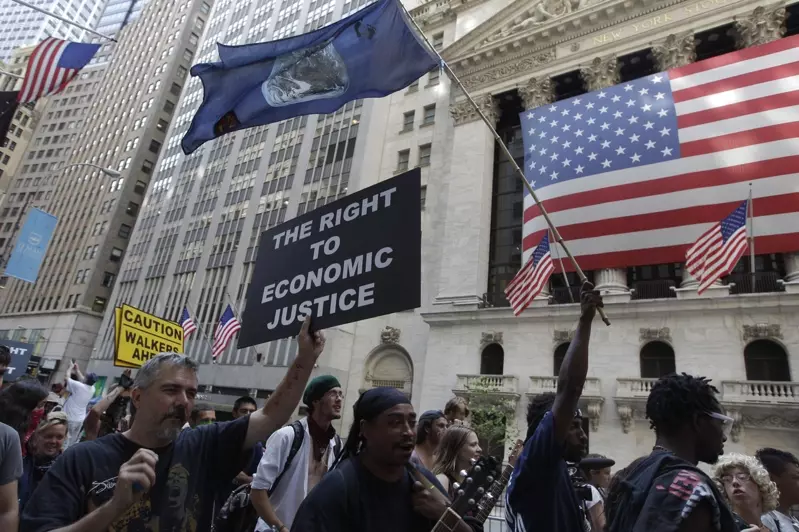While New York City’s economy is recovering from the coronavirus pandemic , new data shows that Manhattan has the largest income gap among major cities in the country, with wealthy residents earning 53 times more than those at the bottom.
The poorest 20% of families have an annual income of only 10,000 yuan
The New York Times reported that according to data released earlier this month, the average annual household income of the richest fifth of Manhattan’s population is $545,549, which is 53 times that of the bottom 20% of the population, whose average income is only $10,000. 259 yuan. This is also the largest gap in the United States since the data was first released in 2006. This gap is wider than that in many developing countries. At the same time, the Bronx and Brooklyn (Brooklyn) rank among the 10 counties with the largest income gaps in the United States.
Data show that across New York City, although wages have increased, it is mainly the wealthy class that is growing; although jobs are recovering, many are low-wage positions. While the unemployment rate has declined, it remains high among African Americans and Hispanics.
Rich people benefit most from rising wages
According to the New School’s Center on New York City Affairs, the wealthy have benefited most from rising wages. Low-wage workers, such as restaurant servers and childcare workers, who earned an average of $40,000 last year, will see their wages increase by just $186 a year between 2019 and 2022, adjusted for inflation. However, high-wage earners in fields such as high-tech and finance, with an average income of NT$217,000, received an average salary increase of NT$5,100 per year during these years. That is, the new income was 27 times that of low-wage earners.
Household income drops the most in the U.S.
In addition, since the COVID-19 epidemic, middle-income people in New York have been severely harmed. From 2019 to 2022, the inflation-adjusted median household income dropped to less than $75,000, a decrease of nearly 7%, which is four times the national decrease. , also had the largest decline among the largest cities in the United States. This was mainly due to stagnant wage growth in the service industry and slow recovery in retail and other industries.
In response to the widening gap between rich and poor in New York City after the epidemic, Peter Du, chief consultant of the Flushing Chinese (Business and Industry) Promotion Association (FCBA), believes that although the Chinese community also has the problem of polarization between rich and poor, because the Chinese are not good at eating and lazy, they have the habit of saving. In line with the idea of peace and prosperity in poverty, even low-income people in the Chinese community can survive, and people at the extreme ends of the rich and poor are not antagonized. This is completely different from mainstream society.




